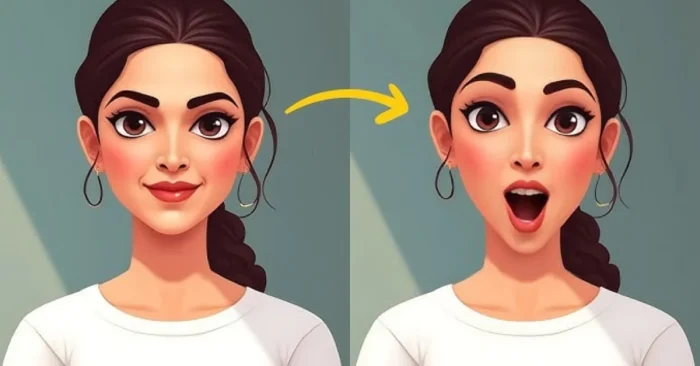Face Animation Tool Explained in Detail
Facial animation has become one of the most engaging ways to bring digital characters, avatars, and videos to life. Whether it’s for entertainment, marketing, gaming, or education, an Face Animation Tool helps creators generate expressive and realistic face movements in just a few steps. Instead of spending hours manually animating each frame, these tools make it possible to animate lips, eyes, and facial expressions with smooth precision.
This guide provides a full, detailed, and human-friendly explanation of Face Animation Tools, their uses, benefits, challenges, and best practices.
What is a Face Animation Tool?
A Face Animation Tool is software or an online platform designed to animate facial expressions, lip-sync with audio, and create natural-looking human or cartoon faces. These tools are widely used in video production, virtual influencers, gaming, and digital storytelling. By mapping expressions or syncing voices with mouth movements, they bring static images or 3D models to life.
How Does a Face Animation Tool Work?
Most Face Animation Tools function by detecting facial landmarks such as eyes, eyebrows, nose, and lips. When audio or a video reference is uploaded, the software synchronizes the movements with the face. Advanced tools may also track real-time movements using a webcam or smartphone camera. The system processes these inputs and generates animations that can be used in films, advertisements, or social media content.
Benefits of Using a Face Animation Tool
Using a Face Animation Tool provides multiple advantages, including:
- Realistic Engagement: Brings characters and avatars to life with human-like expressions.
- Time-Saving: Reduces the need for frame-by-frame manual animation.
- Cost-Effective: Cuts down expenses compared to hiring professional animators for smaller projects.
- Creative Freedom: Enables customization of voices, emotions, and movements.
- Versatility: Useful for gaming, marketing, virtual training, and education.
Popular Uses of Face Animation Tools
These tools have applications across different industries:
- Marketing: Brands use animated faces for explainer videos and advertisements.
- Entertainment: Movies, series, and YouTube creators use them for storytelling.
- Gaming: Developers animate characters to enhance realism in video games.
- Education: Animated avatars help explain concepts in e-learning modules.
- Virtual Influencers: Creators build animated personas for social media platforms.
Limitations of Face Animation Tools
While effective, these tools also come with limitations:
- High-end animations may require professional animators for polish.
- Free versions often add watermarks or restrict features.
- Requires a stable internet connection for cloud-based rendering.
- Overly complex expressions may appear unnatural if not fine-tuned.
Key Features to Look for in a Face Animation Tool
Before choosing a tool, check if it offers the following features:
- Lip-sync capability for syncing audio with mouth movements.
- Customizable expressions (smile, frown, surprise, etc.).
- Support for both 2D and 3D face animations.
- Export in high resolution without watermarks.
- Integration with video editing or design software.
Best Practices for Using a Face Animation Tool
To achieve professional results, keep these tips in mind:
- Start with high-quality images or models for better animation.
- Match facial expressions with the tone of the audio or dialogue.
- Keep animations subtle and avoid exaggerated movements unless intended.
- Test across different devices before publishing for consistency.
- Use background music and sound effects to improve storytelling.
The Future of Face Animation Tools
The future looks promising with rapid advancements in technology. Face Animation Tools are evolving to include real-time motion tracking, deepfake-style personalization, and VR/AR integrations. With the growing demand for virtual influencers, immersive gaming, and digital avatars, these tools will become even more powerful and user-friendly, making them a must-have for digital creators and businesses.
FAQs About Face Animation Tools
1. Can beginners use Face Animation Tools easily?
Yes, most tools are designed with beginners in mind. Drag-and-drop editors and ready-made templates allow anyone to animate faces without advanced technical knowledge.
2. Are Face Animation Tools free?
Some tools offer free versions, but they usually include watermarks or have limited export quality. Premium versions provide advanced options, better quality, and commercial usage rights.
3. Can I use a Face Animation Tool for live streaming?
Yes, certain tools support real-time facial tracking for live streaming, which is popular among gamers, influencers, and virtual presenters.
4. What industries benefit the most from Face Animation Tools?
Industries such as gaming, marketing, e-learning, and entertainment benefit the most. These tools enhance engagement and help deliver impactful digital experiences.
















